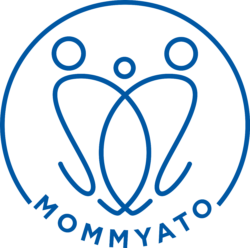23 Jan Relieving Nipple Pain from Breastfeeding
25% of American women stop breastfeeding by 6 months because of nipple pain.²
You might be wondering what to expect the first few weeks of breastfeeding your newborn. For mothers who’ve already breastfed a baby, you may not experience much nipple tenderness. But, for first time mothers, nipple pain can cause quite a bit of discomfort the first weeks.
The soft tissue of your nipples may just need time to adjust to your baby’s frequent sucking. Often, the discomfort is just with the initial latch and when your milk starts flowing, the discomfort subsides. Getting fitted for a nipple shield is often helpful, providing a barrier, until your nipples build up natural resilience to sucking. Breastfeeding should not be painful, but rather a pain-free, bonding experience for you and baby.
When moms develop cracked or damaged nipples, or if the pain is not improving in 1-2 weeks, help from a lactation consultant, doctor or nurse is needed.
The first thing to check is your latch. A correct latch starts with tickling the baby’s lips with your nipple. Wait until he opens wide and bring him to your breast, leading with his chin. Your breast should fill his mouth, not just your nipple. When he latches correctly, his tongue will be under your breast, extended, and his lips turned out like a fish. You can hear him swallowing and see his ears move slightly, a sign he is getting milk.
You’ll also watch to check your baby’s position. No matter which breastfeeding position you choose (football hold, cradle, cross-cradle), ensure your baby’s chin is against your breast, her chest and stomach rest against your body, and her head is straight (not turned to the side). For more on breastfeeding positioning, check it out on Mommyato.
If you’re confident you’ve got a great latch and your baby is positioned correctly, you might be suffering from another common reason for nipple pain. These often include:
- superficial bacterial infection of the nipple (yellow crusty discharge, weeping, cracks, fissures)
- soft tissue injury from breast pump trauma
- yeast (Candida) on your nipple and/or in your baby’s mouth
- plugged ducts
- breast fullness caused by oversupply
- tight frenulum of the baby, which restricts tongue movement
Be sure to call your doctor or lactation consultant right away if you have persistent nipple pain. The earlier you get help, the quicker the problem can be fixed, ensuring a pain-free breastfeeding experience for you and adequate milk supply for your baby. Here’s more information on troubleshooting pain while breastfeeding.
REFERENCES:
- American College of Gynecologists and Obstetricians. January 2021. Breastfeeding challenges. https://www.acog.org/clinical/clinical-guidance/committee-opinion/articles/2021/02/breastfeeding-challenges
- Centers for Disease Control (CDC). July 2021. What to expect while breastfeeding. https://www.cdc.gov/nutrition/infantandtoddlernutrition/breastfeeding/what-to-expect.html



